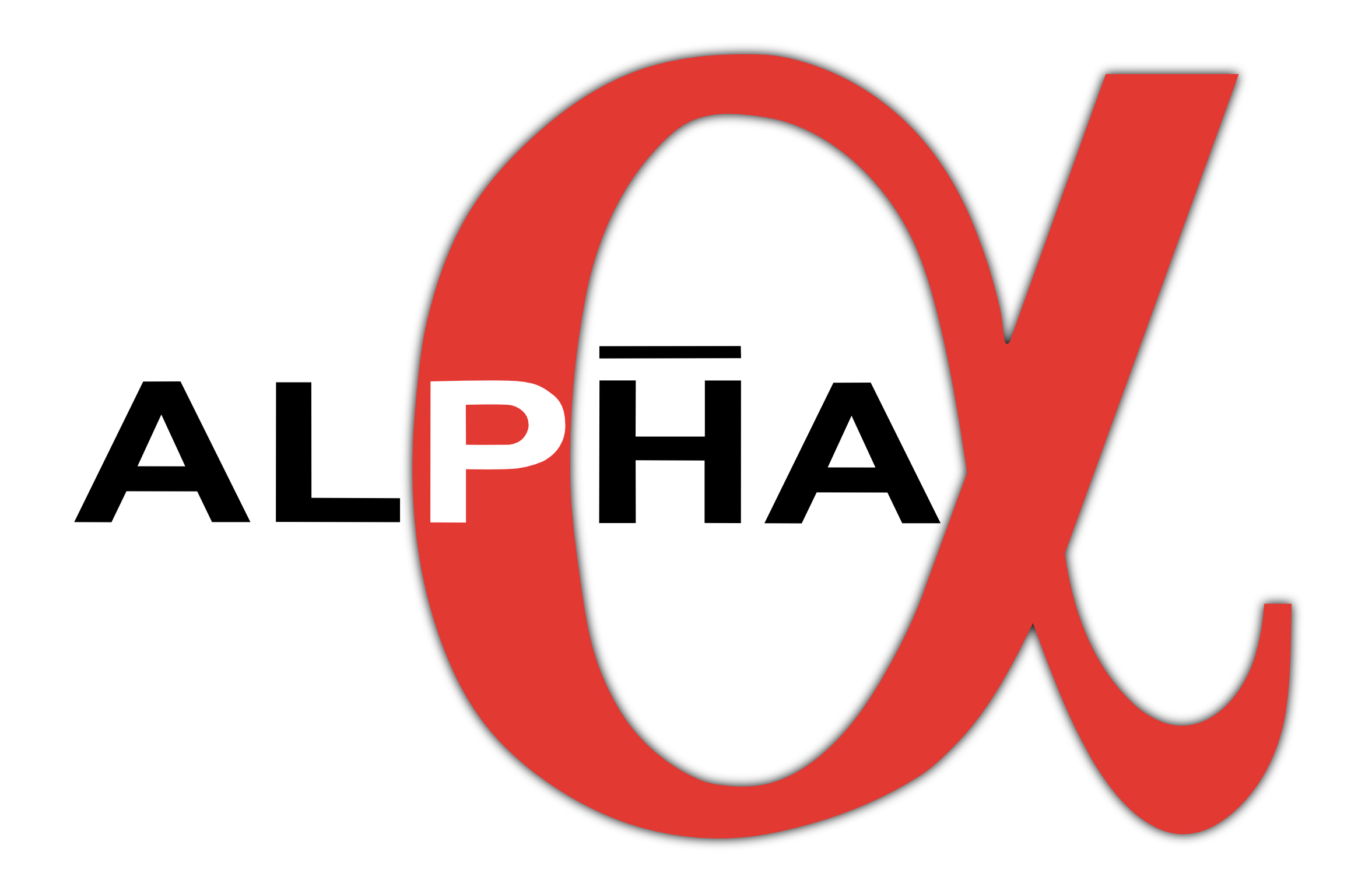Both the 1S–2S transition and the ground state hyperfine spectrum have been observed in trapped antihydrogen. The former constitutes the first observation of resonant interaction of light with an anti-atom, and the latter is the first detailed measurement of a spectral feature in antihydrogen. Owing to the narrow intrinsic linewidth of the 1S–2S transition and use of two-photon laser excitation, the transition energy can be precisely determined in both hydrogen and antihydrogen, allowing a direct comparison as a test of fundamental symmetry. The result is consistent with CPT invariance at a relative precision of around 2×10−10. This constitutes the most precise measurement of a property of antihydrogen. The hyperfine spectrum of antihydrogen is determined to a relative uncertainty of 4×10−4. The excited state and the hyperfine spectroscopy techniques currently both show sensitivity at the few 100 kHz level on the absolute scale. Here, the most recent work of the ALPHA collaboration on precision spectroscopy of antihydrogen is presented together with an outlook on improving the precision of measurements involving lasers and microwave radiation. Prospects of measuring the Lamb shift and determining the antiproton charge radius in trapped antihydrogen in the ALPHA apparatus are presented. Future perspectives of precision measurements of trapped antihydrogen in the ALPHA apparatus when the ELENA facility becomes available to experiments at CERN are discussed.
Stefan Eriksson
